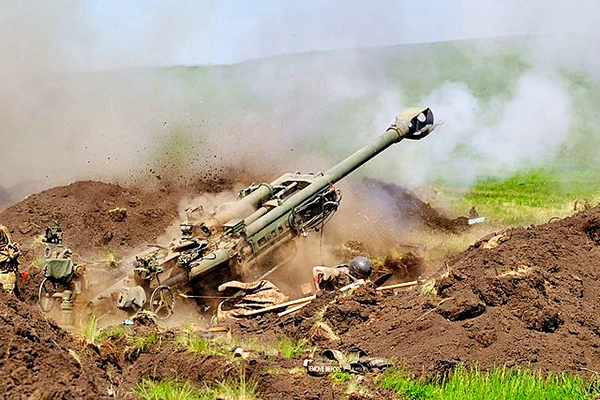The main artillery platforms used by Ukraine in the war are mentioned below:
• M777 155mm towed howitzer provided by the United States and Canada. It has a range of up to 40 km (25 miles) and can fire GPS-guided shells.
• M119 105mm towed howitzer was also provided by the United States. It has a range of up to 18 km (11 miles) and can fire a variety of ammunition, including high-explosive, smoke, and illumination rounds.
• 2S1 Gvozdika 122mm self-propelled howitzer manufactured in Ukraine. It has a range of up to 20 km (12 miles) and can fire a variety of ammunition, including high-explosive, smoke, and illumination rounds.
• BM-21 Grad 122mm multiple rocket launcher manufactured in the Soviet Union. It can fire a salvo of 40 rockets in just 20 seconds, and has a range of up to 40 km (25 miles).
• HIMARS high-mobility artillery rocket system provided by the United States. It can fire a variety of rockets, including guided and unguided, with a range of up to 80 km (50 miles).
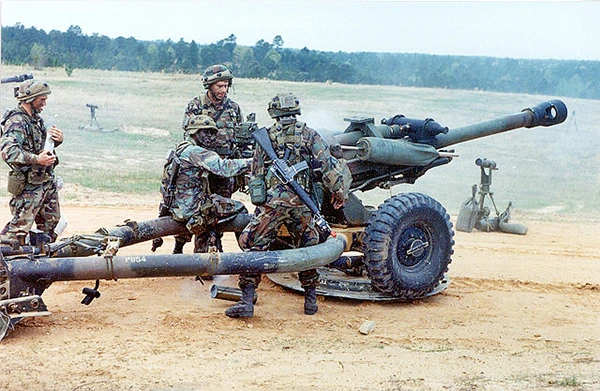
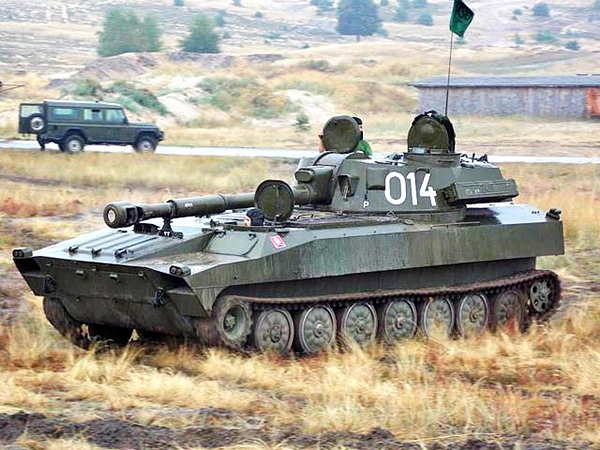
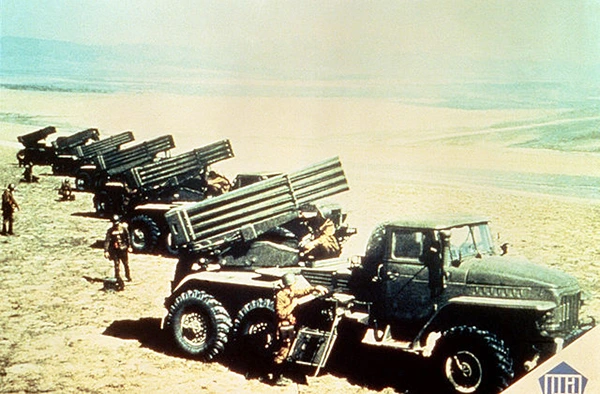
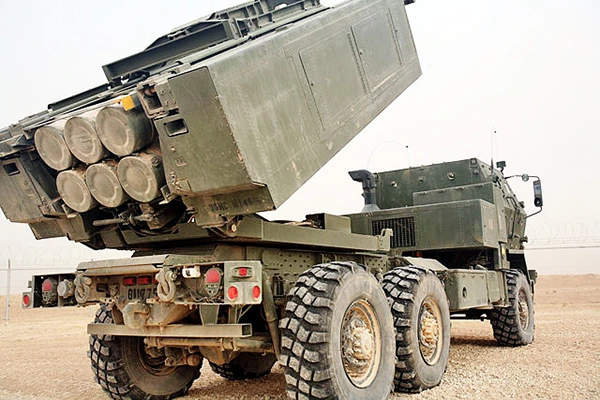
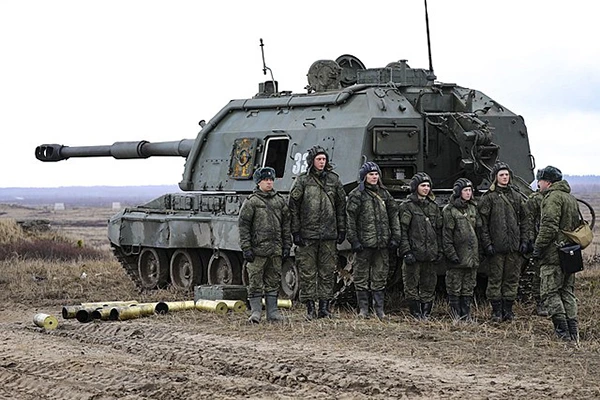
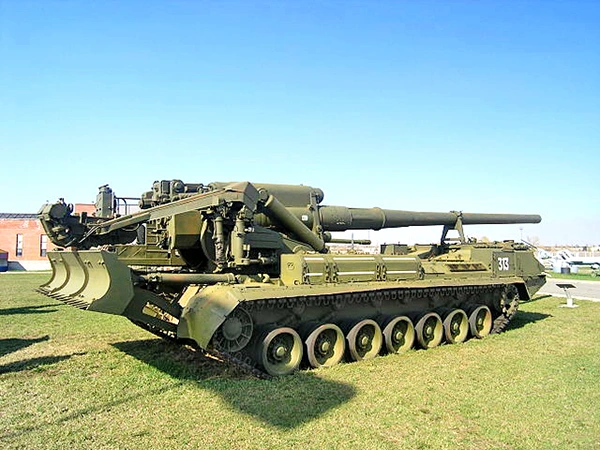


Performance of Ukrainian Artillery
The performance of Ukrainian artillery in the war so far has been mixed. On the one hand, Ukrainian artillery has been effective in disrupting Russian operations and inflicting heavy casualties. For example, in the Battle of Kyiv, Ukrainian artillery played a key role in repelling the Russian advance on the capital.
On the other hand, Ukrainian artillery has also suffered significant losses. As of July 2023, Ukraine has lost an estimated 4,717 field artillery cannons and mortars. This is due to a number of factors, including Russian artillery strikes, Ukrainian ammunition shortages, and the difficulty of transporting and operating artillery in the contested battlefield environment.
Overall, the performance of Ukrainian artillery in the war has been impressive. However, the Ukrainian military will need to continue to receive Western support in order to maintain its artillery capabilities.
Here are some of the factors that have contributed to the success of Ukrainian artillery:
• Effective use of Western-supplied artillery: The United States and other Western countries have donated a significant number of artillery pieces to Ukraine, including the M777 howitzer, the M119 howitzer, and the HIMARS. These weapons have given the Ukrainian military a significant edge in terms of range and accuracy.
• Decentralized command and control: Ukrainian artillery units are organized in a decentralized manner, which allows them to respond quickly to changing battlefield conditions. This has made it difficult for Russian forces to suppress Ukrainian artillery fire.
• Effective use of drones: Ukrainian drones have been used to great effect in spotting and targeting Russian artillery positions. This has allowed Ukrainian artillery units to fire with greater accuracy and lethality.
Challenges Faced
Despite these successes, Ukrainian artillery has also faced a number of challenges.
Russian forces have a significant advantage in terms of the number of artillery pieces and the amount of ammunition available. This has made it difficult for Ukrainian artillery units to maintain a sustained fire.
Ukrainian forces have been facing ammunition shortages for some time. This has limited their ability to use artillery to its full potential.
The Donbas region, where much of the fighting is now taking place, is characterized by difficult terrain. This has made it difficult for Ukrainian artillery units to manoeuvre and fire effectively.
Russian Artillery
The main artillery systems that have been used by the Russians against Ukraine are mentioned below.
• BM-21 Grad 122mm multiple rocket launcher that is capable of firing a salvo of 40 rockets in just 20 seconds. It has a range of up to 40 km (25 miles).
• 2S19 MSTA-S 152mm self-propelled howitzer, Both the MSTA-S and MSTA-B have been used by the Russians in Ukraine. These are both 152mm self-propelled howitzers that are capable of firing a variety of ammunition, including high-explosive, smoke, and illumination rounds. They have a range of up to 24.7 km (15.3 miles) and 22 km (14 miles) respectively. The MSTA-S is the more modern of the two howitzers and is equipped with a digital fire control system that allows it to fire more accurately and rapidly. The MSTA-B is an older model, but it is still a capable weapon system.
• 2S7 Pion 203mm self-propelled howitzer that is the heaviest artillery piece in service with the Russian military. It is capable of firing a variety of ammunition, including high-explosive, cluster, and nuclear rounds. It has a range of up to 50 km (31 miles).
• D-30 122mm towed howitzer that is a standard weapon in the Russian artillery inventory. It is capable of firing a variety of ammunition, including high-explosive, smoke, and illumination rounds. It has a range of up to 17.5 km (10.9 miles).
• 2S3 Akatsiya: This is an older self-propelled howitzer that is still in use by the Russian military. It has a range of up to 20 km (12 miles).
155mm is a standard NATO caliber, and many countries use 155mm artillery guns.
The use of these howitzers by Russia in Ukraine is a sign that the Russians are taking the war seriously and are willing to use heavy firepower to achieve their objectives.
==
Artillery Donated to Ukraine
United States: The United States has provided Ukraine with the most artillery, including 185 M777 howitzers, 72 M119 howitzers, and 20 HIMARS.
Canada: 45 M777 howitzers and 20,000 rounds of ammunition.
Australia: 14 M777 howitzers and 10,000 rounds of ammunition.
United Kingdom: 20 M777 howitzers and 4,000 rounds of ammunition.
Poland: 18 2S1 Gvozdika self-propelled howitzers.
Slovakia: 8 Zuzana self-propelled howitzers.
Lithuania: 18 M101 howitzers.
Estonia: 72 D-30 towed howitzers.
Czech Republic: 20 DANA self-propelled howitzers.
The exact numbers of artillery pieces provided by each country vary, and it is likely that more countries will provide artillery to Ukraine in the future.


